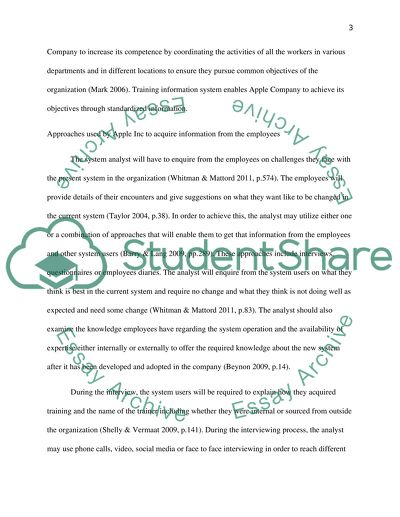Cite this document
(Information System Development Life Cycle: Case of Apple Study, n.d.)
Information System Development Life Cycle: Case of Apple Study. Retrieved from https://studentshare.org/information-technology/1470569-the-software-development-lifecycle
Information System Development Life Cycle: Case of Apple Study. Retrieved from https://studentshare.org/information-technology/1470569-the-software-development-lifecycle
(Information System Development Life Cycle: Case of Apple Study)
Information System Development Life Cycle: Case of Apple Study. https://studentshare.org/information-technology/1470569-the-software-development-lifecycle.
Information System Development Life Cycle: Case of Apple Study. https://studentshare.org/information-technology/1470569-the-software-development-lifecycle.
“Information System Development Life Cycle: Case of Apple Study”, n.d. https://studentshare.org/information-technology/1470569-the-software-development-lifecycle.


